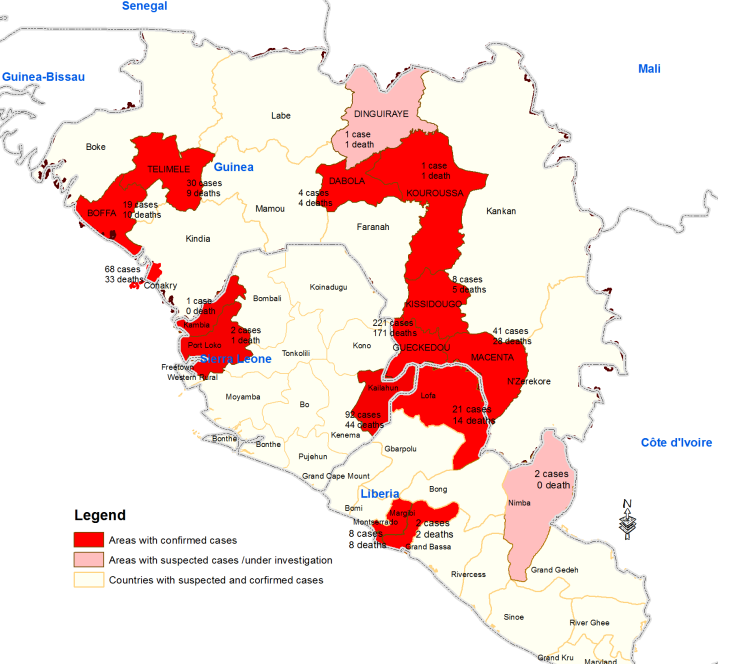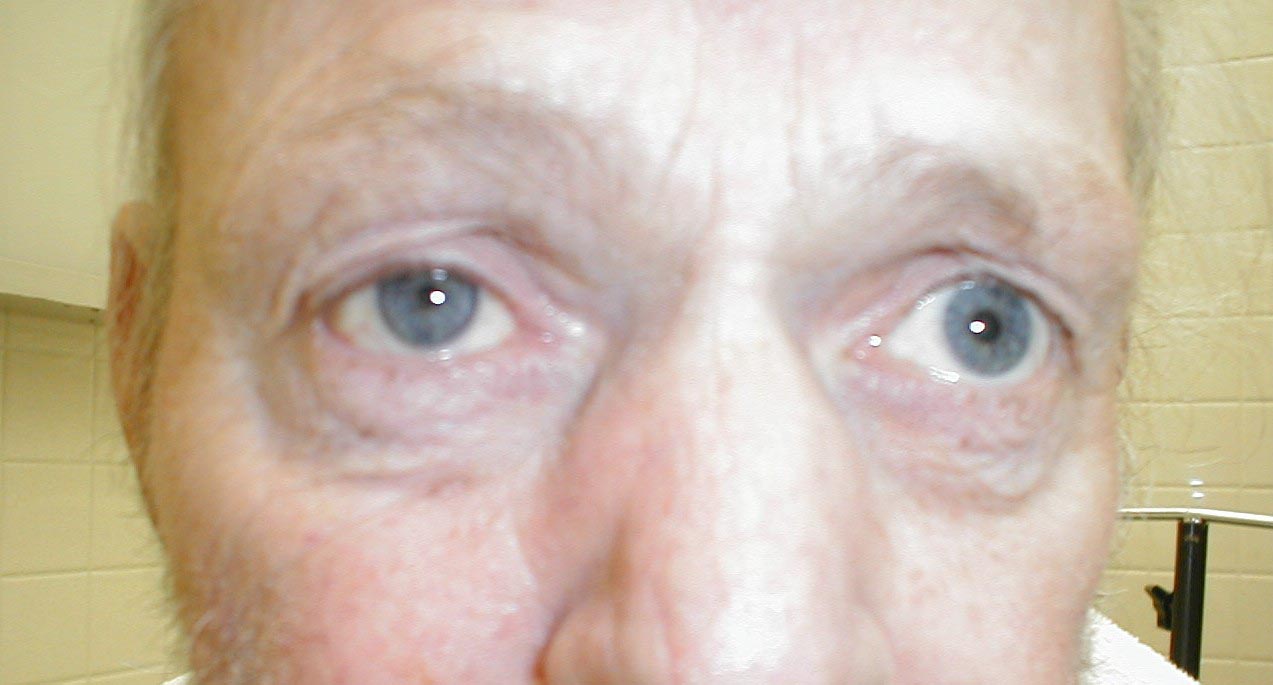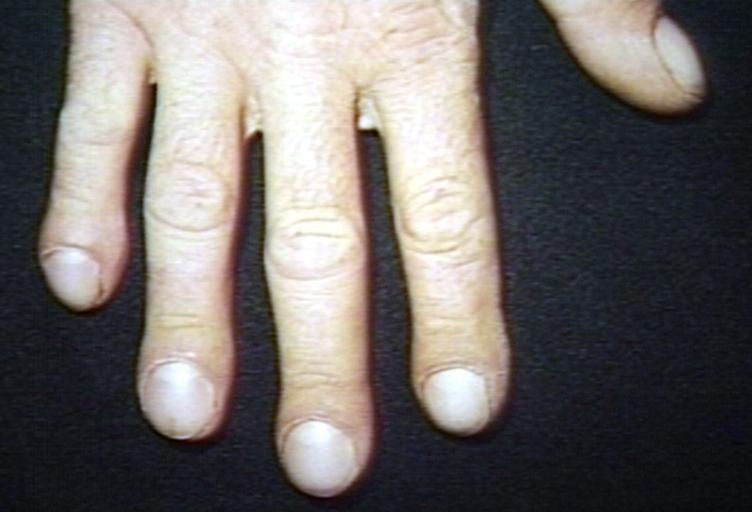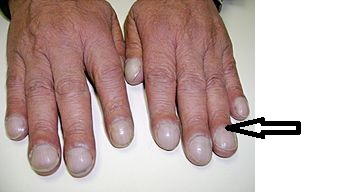Sandbox/ebola
West Africa outbreak


On March 23, 2014, the Ministry of Health of Guinea notified the World Health Organization WHO) of a rapidly evolving outbreak of Ebola virus disease (EVD) in forested areas south eastern Guinea: Guekedou, Macenta, Nzerekore and Kissidougou districts. As of 22 March, 2014, a total of 49 cases including 29 deaths (case fatality ratio: 59%) were reported. Four health care workers were among the victims. At the same time, suspected cases in border areas of Liberia and Sierra Leone were being investigated. Six blood samples were tested at Institut Pasteur in Lyon, France, resulting positive for Ebola virus by PCR, confirming the first Ebola virus disease outbreak in Guinea. Preliminary results from sequencing of a part of the L gene showed strong homology with Zaire Ebolavirus. The ministry of health together with the WHO and other partners initiated measures to control the outbreak and prevent further spread. Médecins Sans Frontières, Switzerland (MSF-CH) started working in the affected areas and assisted with the establishment of isolation facilities, and also supported transport of the biological smaples from suspected cases and contacts to international reference laboratories for urgent testing. The Emerging and Dangerous Pathogens Laboratory Network (EDPLN) worked with the Guinean VHF Laboratory in Donka, the Institut Pasteur in Lyon, the Institut Pasteur in Dakar, and the Kenema Lassa fever laboratory in Sierra Leone to make available appropriate Filovirus diagnostic capacity in Guinea and Sierra Leone.[1]
On 30 March, 2014, the Ministry of Health of Liberia provided updated details on the suspected and confirmed cases of Ebola virus disease in Liberia. As of 29 March, seven clinical samples, all from adult patients from Foya district, Lofa County, were tested by PCR using Ebola Zaire virus primers by the mobile laboratory of the Institut Pasteur (IP) Dakar in Conakry. Two of those samples tested positive for the ebolavirus. There were 2 deaths among the suspected cases; a 35 year-old woman who died on 21 March tested positive for ebolavirus while a male patient who died on 27 March tested negative. At that time, Foya was the only district in Liberia that reported confirmed or suspected cases of Ebola Hemorrhagic Fever. As of 26 March, Liberia had 27 contacts under medical follow-up. Liberia established a high level National Task Force to lead the response. Response partners include WHO, the International Red Cross (IRC), Samaritan’s Purse (SP) Liberia, Pentecostal Mission Unlimited (PMU)-Liberia, CHF-WASH Liberia, PLAN-Liberia, UNFPA and UNICEF.[3]
On 3 April, 2014, the outbreak was confirmed to be caused by a strain of ebolavirus with very close homology (98%) to the Zaire ebolavirus. This is the first time the disease has been detected in West Africa.[4]
As of 17 June 2014, in Guinea a total of 7 new cases and 5 new deaths were reported from Gueckedou (4 cases and 5 deaths) and Boffa (3 cases and 0 deaths). This brings the cumulative number of cases and deaths reported from Guinea to 398 (254 confirmed, 88 probable and 56 suspected) and 264 deaths. The geographical distribution of these cases and deaths is as follows: Conakry (70 cases and 33 deaths); Guéckédou (224 cases and 173 deaths); Macenta (41 cases and 28 deaths); Dabola, (4 cases and 4 deaths); Kissidougou (8 cases and 5 deaths); Dinguiraye (1 case and 1 death); Telimele (30 cases and 9 deaths); Bofa (19 cases and 10 deaths) and Kouroussa (1 case and 1 death). Twenty four (24) patients are currently in EVD Treatment Centres: Conakry (6), Guéckédou (9), Telimele (3) and Boffa (6). The number of contacts currently being followed countrywide is 1,258 and distributed as follows: Conakry (252), Guéckédou (529), Macenta (52), Telimele (118), Dubreka (118) and Boffa (189). So far 69.4% (2,848 contacts being followed-up out of a 4,106 contacts registered since the beginning of the outbreak) have completed the mandatory 21 days observation period.
In Liberia a total of 9 new cases and 5 new deaths were reported from Lofa (6 cases and 0 death) and Montserado (3 cases and 5 deaths). This brings the cumulative number of cases and deaths reported from Liberia to 33 (18 confirmed, 8 probable and 7 suspected) and 24 deaths. The geographical distribution of these cases and deaths is as follows: Lofa (21 cases and 14 deaths); Montserado (8 cases and 8 deaths); Margibi (2 cases and 2 deaths) and Nimba (2 cases and 0 death). Five (5) patients are currently in EVD Treatment Centres in Lofa. The number of contacts currently being followed countrywide is 108 and distributed as follows: Lofa (95), Montserado (13). So far 41.5% (108 contacts being followed-up out of a 260 contacts registered since the beginning of the outbreak) have completed the mandatory 21 days observation period.
In Sierra Leone a total of 31 new cases and 4 new deaths were reported from Kailahun (29 cases and 4 deaths), Kono (1 case) and Western (1 case). This brings the cumulative number of cases and deaths reported from Sierra Leone to 97 (92 confirmed, 3 probable and 2 suspected) and 49 deaths. The geographical distribution of these cases and deaths is as follows: Kailahun (92 cases and 46 deaths); Kambia (1 cases and 0 deaths); Port Loko (2 cases and 1 deaths); Kono, (1 case and 0 death) and Western (1 cases and 1 death. Thirty three (33) patients are currently in EVD Treatment Centre of Kenema. The number of contacts currently being followed countrywide is 37 from Kailahun. Contact listing is continuing in Kailahun, Kambia and Port Loko.[5]
References
- ↑ 1.0 1.1 "Ebola Hemorrhagic Fever in Guinea".
- ↑ "Ebola Virus Disease (EVD) in West Africa (situation as of 16 June 2014)".
- ↑ "30 March 2014 Ebola virus disease in Liberia".
- ↑ "3 April 2014 Ebola virus disease: background and summary".
- ↑ "Ebola virus disease, West Africa (Situation as of 17 June 2014)".
physical
Vital signs
- Fever: up to 20% of patients with lung cancer
General appearance
- Cachexic: weight loss and anorexia
- Jaundice: liver metastases
- Pale skin and conjunctiva: anemia of chronic disease.
- Cyanotic: dyspnea
- Lymphadenopathy (> 1 cm)
- Soft tissue mass
HEENT
Head
- Moon facies: Cushing's syndrome
Eyes
- Jaundice: liver metastases OR
- Conjunctival pallor: anemia of chronic disease
- Miosis, ipsilateral ptosis and lack of facial sweating: Horner's syndrome
Throat
Lungs
- Unilateral wheeze
- Pleural effusion
Abdomen
- Hepatomegaly (> 13 cm span): liver metastases
Musculoskeletal system
- Digital clubbing
- Bone tenderness: bone metastases
- Osteoarthropathy: painful symmetrical arthropathy of the knees, wrist, and knees, and periosteal new bone formation.
Neurological
- Ataxia, dysarthria, nystagmus and sever vertigo: cerebellar degeneration
- Proximal muscles of lower extremities weakness and fatiguability, abnormal gait, hyporeflexia, increased deep-tendon reflexes after facilitation, autonomic dysfunction, and paresthesias
Skin
Contact precautions
Risk Categories
- VHF should be suspected in febrile persons who, within 3 weeks before onset of fever, have either:
- Traveled in the specific local area of a country where VHF has recently occurred.
- Had direct unprotected contact with blood, other body fluids, secretions, or excretions of a person or animal with VHF.
- Had a possible exposure when working in a laboratory that handles hemorrhagic fever viruses
- The likelihood of acquiring VHF is considered low in persons who do not meet any of these criteria. Even following travel to areas where VHF has occurred, persons with fever are more likely to have infectious diseases other than VHF.
- Clinicians should promptly evaluate and treat patients for these more common infections while awaiting confirmation of a VHF diagnosis.
Infection Control Precautions
The following recommendations should be followed when caring for persons with suspected VHF:
- Patients who are hospitalized or treated in an outpatient healthcare setting should be placed in a private room and Standard, Contact, and Droplet Precautions should be initiated.[1]. Patients with respiratory symptoms also should wear a face mask to contain respiratory droplets prior to placement in their hospital or examination room and during transport.[2]
- Caretakers should use barrier precautions to prevent skin or mucous membrane exposure of the eyes, nose, and mouth with patient blood, other body fluids, secretions (including respiratory droplets), or excretions. All persons entering the patient's room should wear gloves and gowns to prevent contact with items or environmental surfaces that may be soiled. In addition, face shields or surgical masks and eye protection (e.g., goggles or eyeglasses with side shields) should be worn by persons coming within approximately 3 feet of the patient.
- Additional barriers may be needed depending on the likelihood and magnitude of contact with body fluids. For example, if copious amounts of blood, other body fluids, vomit, or feces are present in the environment, plastic apron, leg, and shoe coverings also may be needed.
- Nonessential staff and visitors should be restricted from entering the room of patients with suspected VHF. Maintain a log of persons entering the patient’s room.
- Before exiting the room of a patient with suspected VHF, safely remove and dispose of all protective gear, and clean and disinfect shoes that are soiled with body fluids as described in the section on environmental infection control below.
- To prevent percutaneous injuries, needles and other sharps should be used and disposed of in accordance with recommendations for Standard Precautions.[1]
- If the patient requires a surgical or obstetric procedure, consult your state health department and CDC regarding appropriate precautions for these invasive procedures.
- Although transmission by the airborne route has not been established, hospitals may choose to use Airborne Precautions[1] for patients with suspected VHF who have severe pulmonary involvement or who undergo procedures that stimulate coughing and promote the generation of aerosols (e.g. aerosolized or nebulized medication administration, diagnostic sputum induction, bronchoscopy, airway suctioning, endotracheal intubation, positive pressure ventilation via face mask [e.g., biphasic intermittent positive airway pressure ventilation, continuous positive airway pressure ventilation], and high frequency oscillatory ventilation) to prevent possible exposure to airborne particles that may contain virus.
Environmental Infection Control Procedures
- Environmental surfaces or inanimate objects contaminated with blood, other body fluids, secretions, or excretions should be cleaned and disinfected using standard procedures.[3]
- Disinfection can be accomplished using a U.S. Environmental Protection Agency (EPA)-registered hospital disinfectant or a 1:100 dilution of household bleach (1/4 cup bleach to 1 gallon water). For grossly soiled surfaces, (e.g., vomitus or stool), use a 1:10 dilution of household bleach.
- Soiled linens should be placed in clearly labeled leak-proof bags at the site of use, transported directly to the laundry area, and laundered following routine healthcare laundry procedures.[3]
- Liquid medical waste such as feces and vomitus can be disposed of in the sanitary sewer following local sewage disposal requirements.[3] Care should be taken to avoid splashing when disposing of these materials.
- Liquid medical waste such as feces and vomitus can be disposed of in the sanitary sewer following local sewage disposal requirements.[3] Care should be taken to avoid splashing when disposing of these materials.
Handling of Human Remains
- If the patient dies, handling of the body should be minimized. The remains should not be embalmed. Remains should be wrapped in sealed leak-proof material and cremated or buried promptly in a sealed casket. If an autopsy is necessary, the state health department and CDC should be consulted regarding appropriate precautions.
Management of Exposures
- Persons with percutaneous or mucocutaneous exposures to blood, body fluids, secretions, or excretions from a patient with suspected VHF should immediately wash the affected skin surfaces with soap and water. Mucous membranes (e.g., conjunctiva) should be irrigated with copious amounts of water or eyewash solution. Exposed persons should receive medical evaluation and follow-up care, including fever monitoring twice daily for 21 days after exposure. Consultation with an infectious diseases expert is recommended for exposed persons who develop fever within 21 days of exposure.



